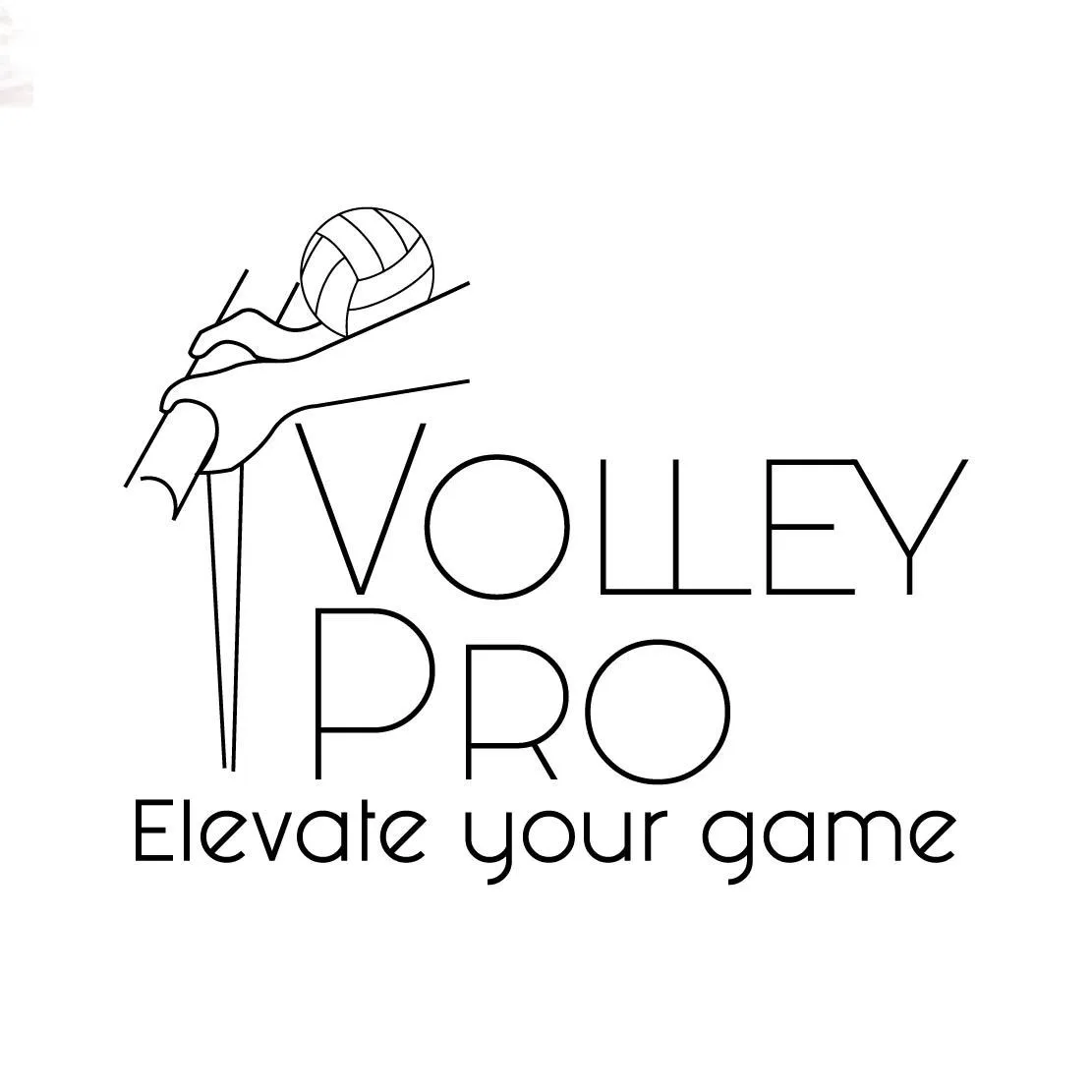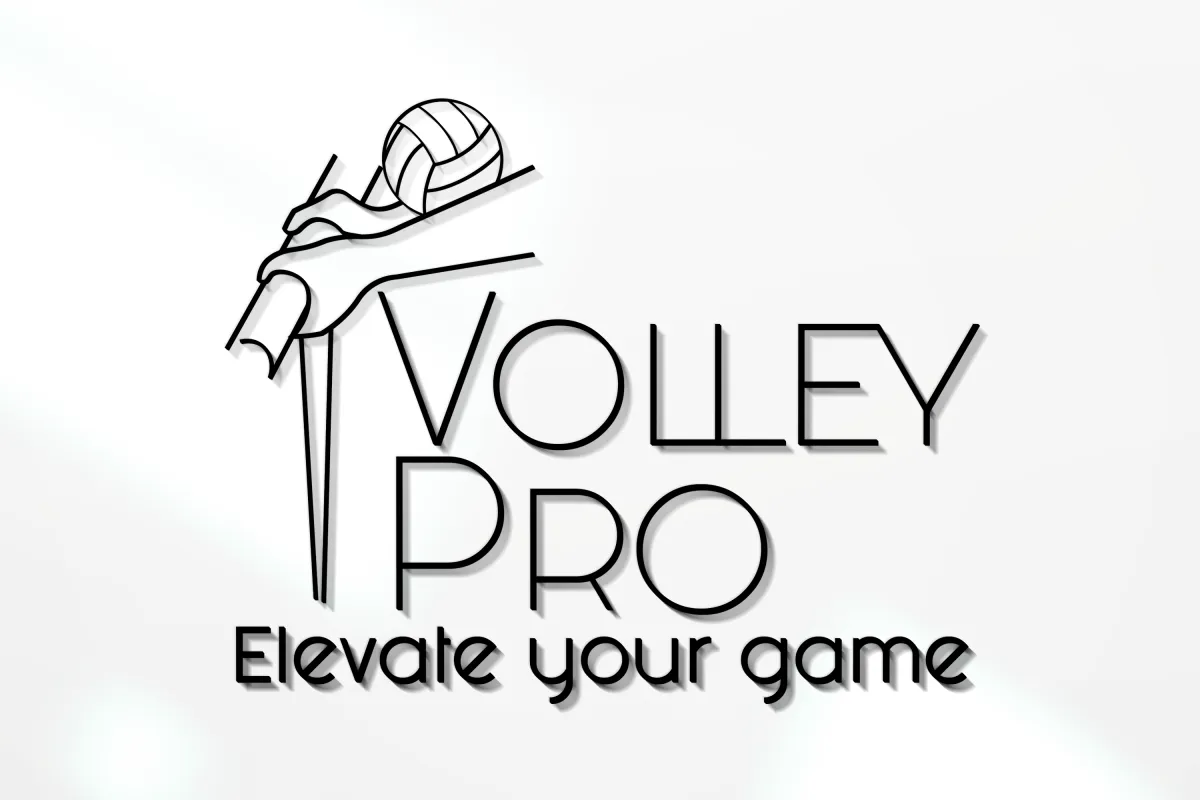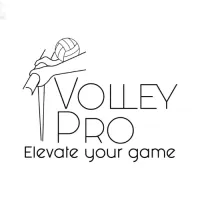
Read Our Blogs

Core Strength for Volleyball: The Foundation of Power and Stability
Volleyball is a sport that demands a powerful and resilient core. Your core muscles – the abdominals, obliques, and lower back – are the foundation of your volleyball prowess. They act as the powerhouse for generating force, transferring energy, and maintaining stability during dynamic movements. A strong core is not just about six-pack abs; it's about building a solid foundation for power, agility, and injury prevention, allowing you to perform at your best on the volleyball court.
Why Core Strength Matters: The Unsung Hero of Volleyball
Core strength is often overlooked in volleyball training, but it's a crucial element that underpins every aspect of the game. Here's why:
Increased Power: Unleashing Explosive Force
A strong core acts as a bridge between your upper and lower body, allowing you to transfer power efficiently from your legs to your arms. This translates to more powerful spikes, serves, and blocks.
When you spike a volleyball, the power originates from your legs, travels through your core, and is ultimately transferred to your arm and hand. A strong core ensures that this energy transfer is efficient and maximizes the force you can generate.
Improved Stability and Balance: Maintaining Control
Volleyball requires quick movements, rapid changes in direction, and explosive jumps. A strong core provides the stability and balance needed to maintain control during these dynamic movements.
Whether you're diving for a dig, jumping for a block, or changing direction to chase down a ball, your core muscles act as stabilizers, keeping you balanced and grounded. This allows you to react quickly, maintain your footing, and execute skills with precision.
Enhanced Agility: Moving with Precision and Control
Agility is not just about speed; it's about the ability to move quickly and efficiently while maintaining control. A strong core is essential for enhancing agility, as it allows for more efficient and controlled movements.
When your core is strong, your body moves as a cohesive unit, allowing you to change direction quickly, accelerate smoothly, and maintain your balance throughout the movement. This translates to improved agility and coordination on the court, allowing you to react quickly to the ball and outmaneuver your opponents.
Reduced Injury Risk: Protecting Your Back
Volleyball involves repetitive movements and explosive forces that can put stress on your spine and lower back. A strong core helps protect your back from injury by providing stability and support.
Strong core muscles act like a corset, supporting your spine and reducing the risk of strains, sprains, and other back injuries. This is crucial for volleyball players, who are prone to back pain and injuries due to the repetitive jumping and twisting motions involved in the sport.
Core Exercises for Volleyball Players: Building a Solid Foundation
There are countless core exercises you can incorporate into your volleyball training routine. Here are some effective exercises that target different core muscle groups:
Plank: The plank is a classic core exercise that engages your entire core, including your abdominals, obliques, and lower back. Hold a plank position, maintaining a straight line from head to heels, and engage your core muscles to prevent your hips from sagging or your back from arching.
Side Plank: The side plank is a variation of the plank that specifically targets your obliques, the muscles on the sides of your abdomen. Hold a plank position on your side, supporting your body weight with your forearm and feet. Keep your body in a straight line and engage your obliques to maintain stability.
Russian Twists: Russian twists are a dynamic exercise that engages your obliques and improves rotational strength. Sit with your knees bent and feet raised off the ground. Hold a weight or medicine ball and twist your torso from side to side, touching the weight to the ground on each side.
Crunches: Crunches are a classic abdominal exercise that targets your rectus abdominis, the "six-pack" muscles. Lie on your back with your knees bent and feet flat on the ground. Place your hands behind your head and curl your upper body towards your knees, engaging your abdominal muscles.
Leg Raises: Leg raises target your lower abdominal muscles, which are crucial for stability and control. Lie on your back with your legs straight and arms at your sides. Engage your core and raise your legs towards the ceiling, keeping them straight and avoiding arching your back.
Integrating Core Training: A Holistic Approach
Core training should be an integral part of your overall volleyball training program. Here are some tips for incorporating core exercises effectively:
Warm-up: Always warm up before core training to prepare your muscles for the demands of the exercises.
Proper Form: Focus on proper form and technique to maximize the benefits and prevent injuries. Engage your core muscles throughout each exercise and avoid using momentum.
Progression: Start with simpler exercises and gradually progress to more challenging ones as your core strength improves.
Variety: Incorporate a variety of core exercises to target different muscle groups and movement patterns.
Consistency: Make core training a regular part of your routine to see consistent improvement in your core strength and stability.
Listen to Your Body: Pay attention to your body and avoid overtraining. If you're feeling pain or fatigue, take a break or modify the exercises.
Core Strength: A Foundation for Life
Core strength is not just essential for volleyball players; it's crucial for everyone, regardless of age or fitness level. A strong core improves posture, reduces back pain, enhances balance, and supports overall functional fitness.
Here are some additional tips for incorporating core training into your lifestyle:
Incorporate core exercises into your workouts: Add core exercises to your regular fitness routine, whether you're working out at home, at the gym, or outdoors.
Engage your core during everyday activities: Be mindful of engaging your core muscles during everyday activities, such as walking, standing, and lifting objects.
Practice good posture: Maintain good posture throughout the day to strengthen your core muscles and prevent back pain.
Seek professional guidance: If you're unsure about proper form or have any underlying health conditions, consult with a qualified fitness professional or healthcare provider.
By building a strong core, you'll create a solid foundation for power, stability, and injury prevention, not just in volleyball but also in all aspects of your life. A strong core is the key to unlocking your full athletic potential and living a healthier, more active life.
Reserve your Volley Pro now and build a rock-solid core!

Reliable, professional pressure washing services for pristine results.
Copyright Volley Pro 2025. All rights reserved
